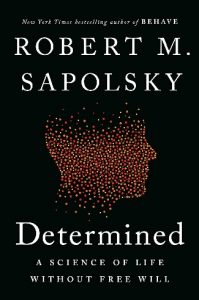 (Read Part 14 of the series.)
(Read Part 14 of the series.)
Phenomenology and Existentialism
Phenomenology
This movement began in the late nineteenth century as a theory of knowledge that attempted to reinstate science and bring in the modern findings from psychology and sociology to supplant the subjectivity that had predominated until then with the German Idealists. In particularly the wish was to understand the nature of awareness, differentiating between mental and non-mental realms. Edmund Husserl, who was the teacher of Martin Heidegger (below), is generally credited with establishing the movement. It was acknowledged that we could not know that objects exist independent of our awareness of them but also that it cannot be denied that we are conscious of ‘things’. Phenomenology endeavoured to start from this point and attempt to analyse our experience without making any further assumptions. It subsequently merged into Existentialism.
Maurice Merleau-Ponty was particularly interested in perception and the nature of the perceiving entity and ‘object’ of perception. He disliked both the empiricist and idealist approaches and spent much of his time attacking all dualist concepts such as the mind-matter division of Descartes. There cannot be any totally objective perception of the world, he said, because our perceptual apparatus is itself part of the world. Whenever we see something, what we ‘see’ comes along with everything else that we already know and the perception itself is the sum total of all of this. We can never see a chair, for example, without the awareness of its purpose as something for sitting on. The origin of our belief in a separate world derives from our thinking of ‘ourselves’ as other than the body that we apparently inhabit. We are our bodies, he said, and the mind cannot be separated from them. Continue reading →
 S&T is a creature of S and T!
S&T is a creature of S and T! 
 (Read
(Read